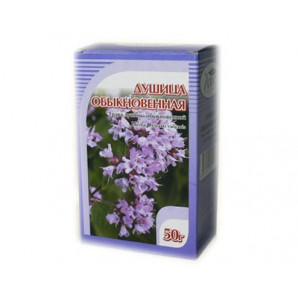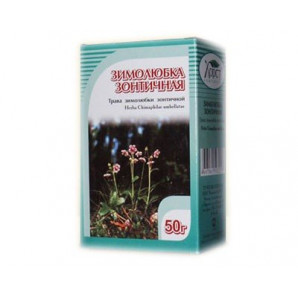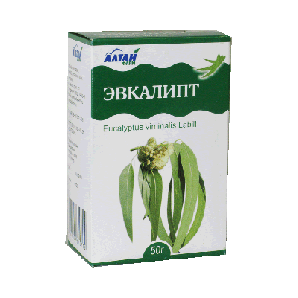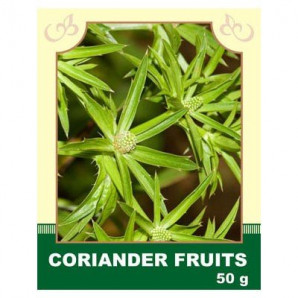This information is for general purposes only and should not be considered as medical advice. Always consult with a qualified healthcare professional for any medical concerns or questions you may have.
Additional Information
| SKU | 754 |
|---|---|
| Brand | Salem Botanicals |
| Size | N/A |
| Manufacturer | ATE Pharm |
- Be the first to review this product
Write Your Own Review
Products on sale
GALAZOLIN NASAL DROPS 0.1%, 10ML
Regular Price: $11.99
Special Price $8.99
Oxolin Oitment 0.25 % 10g
Regular Price: $9.99
Special Price $7.90
Exoderil cream 1% 30g
Regular Price: $50.99
Special Price $34.99
No-Spa ( Noshpa ) no spa 40mg №60
Regular Price: $16.99
Special Price $14.49
Activated Charcoal #10
Regular Price: $3.99
Special Price $2.50
Exoderil external solution 1% 10ml
Regular Price: $48.99
Special Price $34.99
Corvalment capsules 0.1 g, No. 30
Regular Price: $13.99
Special Price $9.99
Otipax ear drops 16g
Regular Price: $30.99
Special Price $24.99
Valerian Tincture 25ml
Regular Price: $6.99
Special Price $5.99
Also Purchased

























